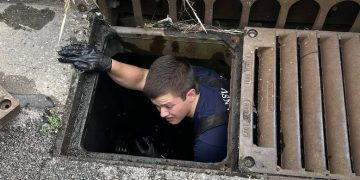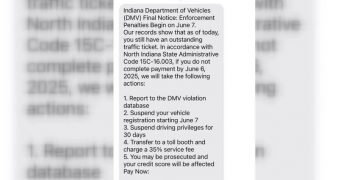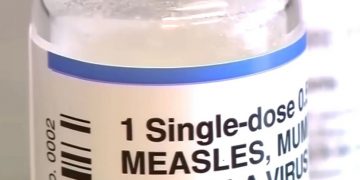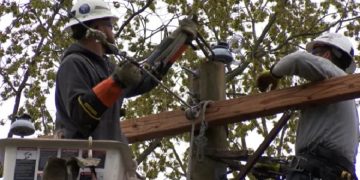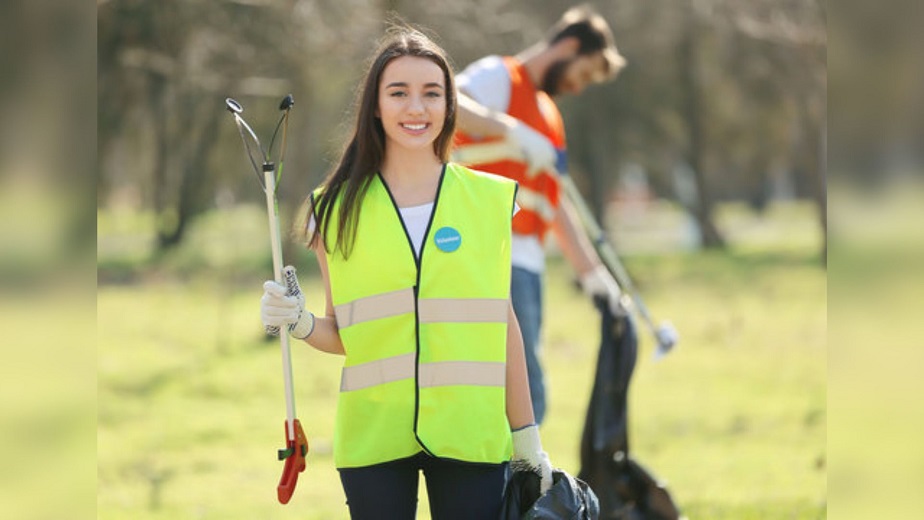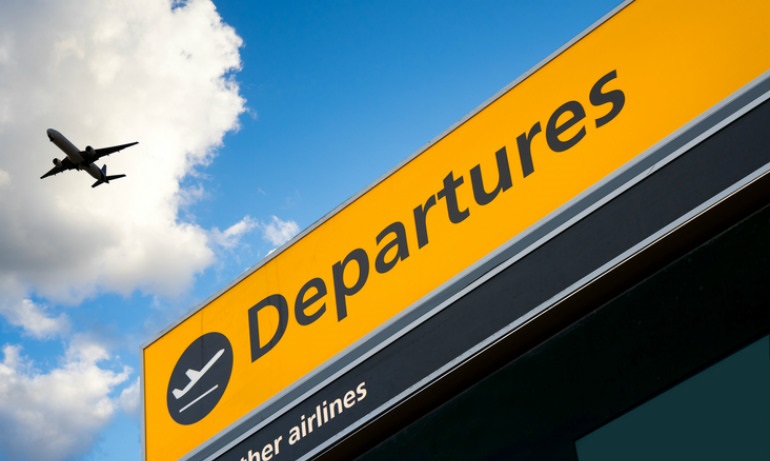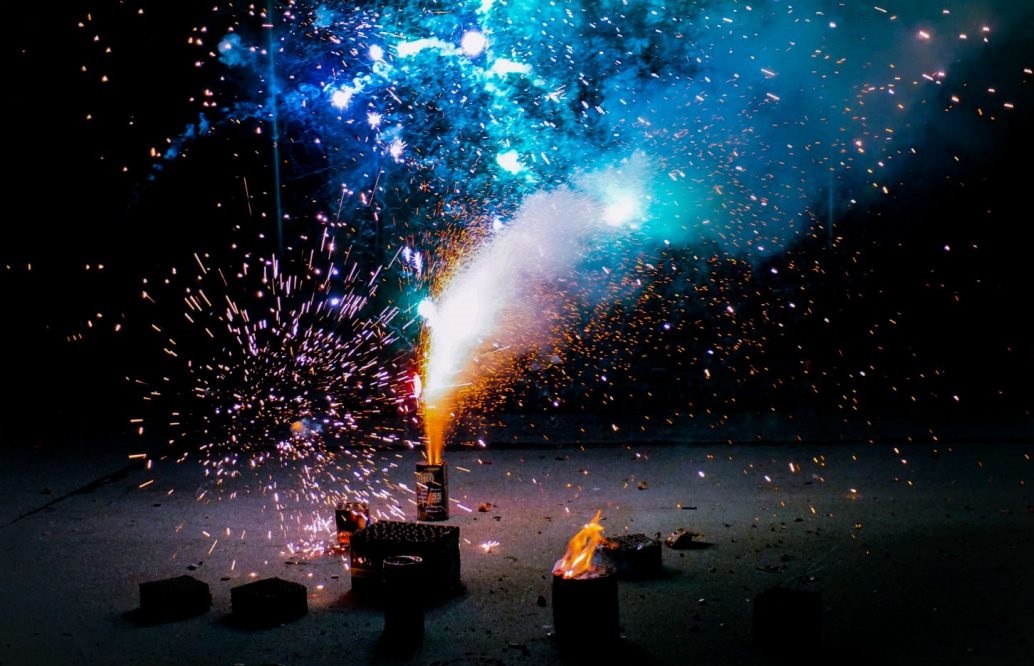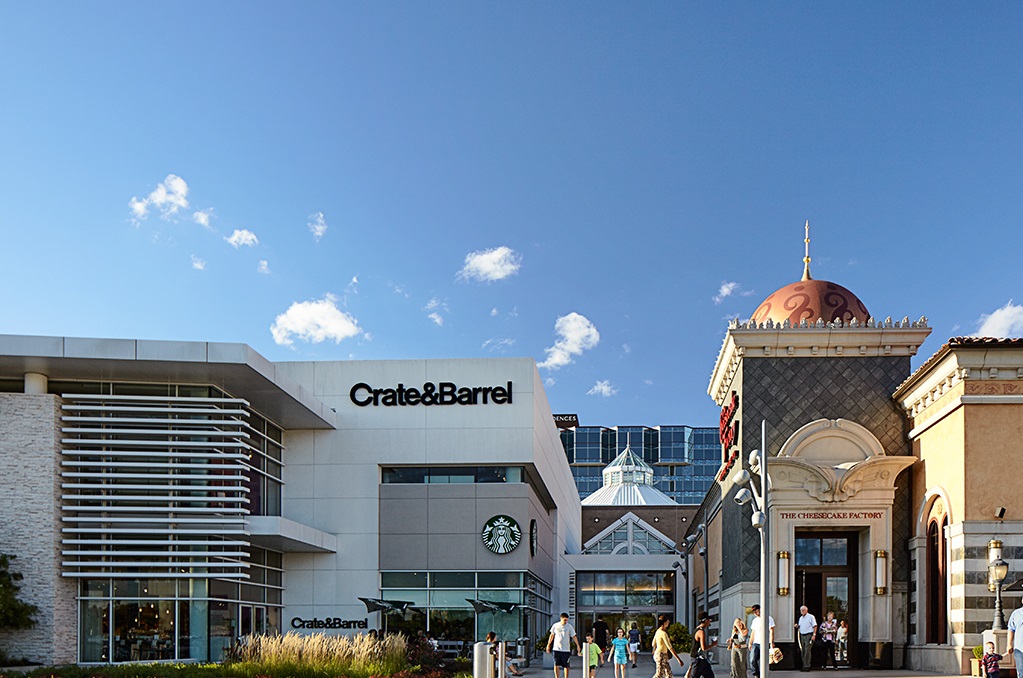Indianapolis, Indiana – New safety protocols are being implemented at the Indianapolis Motor Speedway in preparation for the activities scheduled for the month of May in this year’s calendar.
More than 300,000 spectators are anticipated to attend the 170th running of the Indianapolis 500 this year.
Fans will be greeted by brand new screening devices known as CEIA OPENGATE® when they enter the venue through the entrance gates.
“I’m actually really excited about it,” said IMS President, Doug Boles. “The technology has come so far recently that we can do it in a way that i think fans can get in relatively quickly it could even be quicker.”
According to Boles, there will be sixty CEIA OPENGATE® devices installed at each entry to the IMS.
Fans won’t need to empty their pockets or take anything off in order to pass through the screening process; they only need to go through it.
“If it works the way it’s supposed to it is easier than stopping at a table and opening up your cooler and letting us search through your cooler before we send people in,” said Boles. “So, in a perfect world, it should be better. We are really hopeful that it helps expedite everything. It’ll be the first year we do it. So, we’re still encouraging people to come early just in case we have any issues.”
Officials working for the business that manufactures the detector, CEIA USA, have stated that the CEIA OPENGATE® technology has been around since 2021 and meets the requirements set forth by the federal government.
The devices have the capacity to transfer as many as 3,500 individuals through the system in one hour; but, in practice, they will move somewhere between 2,000 and 2,500 people in the same time frame.
Users of the gadget have the ability to select precisely what aspects of their environment they wish to be screened for, as well as determine the level of sensitivity required of the scanners.
“We give you a sensitivity slider so that you can actually customize exactly how sensitive the detector is within that setting. So that if it was getting everything except for maybe one thing that you wanted, you can actually dial it in and go get that additional item,” said Aaron Blevins, the National Sales Manager with CEIA USA. “It allows our security partners who are using the detector to keep their heads up, they are looking at the crowd, they are focusing on behaviors, things like that that the metal detector itself doesn’t always provide.”
And with safety being the primary concern, Boles believes that this will make the Indy 500 experience that much more enjoyable.
“We encourage people, don’t bring your knives, don’t bring your weapons. Don’t bring all those things that you shouldn’t have brought anyway. But we’re going to catch them if you do,” said Boles. “Our fans even over the last few years are continuing to ask us to think about safety in the world that we live in right now. The second largest city in Indiana is inside these gates on race day. The only place bigger is Indianapolis. We have to think about it in a lot of ways like the city. Just like any police department, how do we make sure that everybody in here is as safe as can be.”
According to Blevins, the same gadgets were utilized during this year’s Super Bowl. These same technologies are also utilized at other venues, such as SeaWorld, as well as other MLB, NFL, and collegiate stadiums.





















